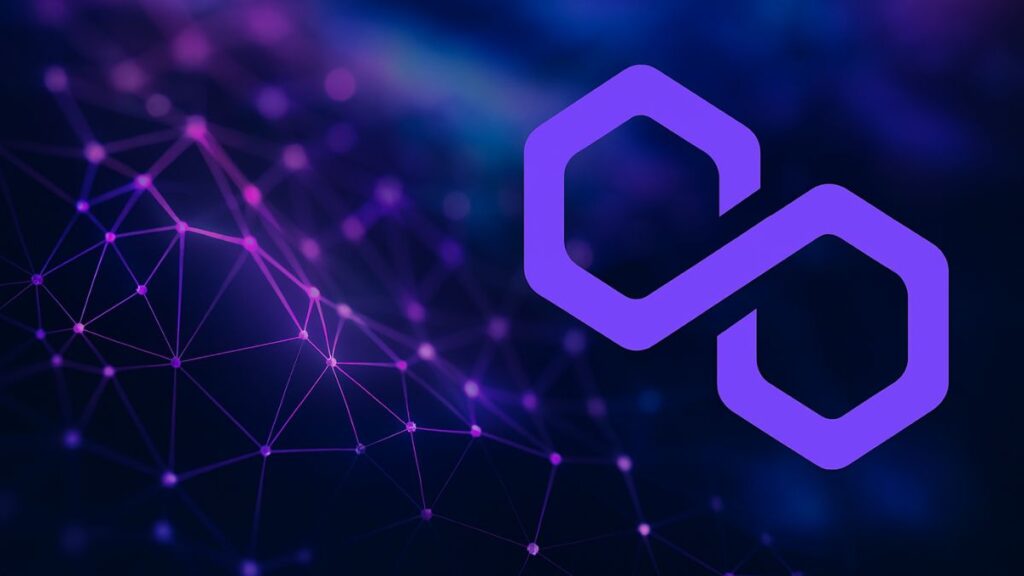TL;DR
- Transaction boost: Rio introduces a reengineered architecture that reduces latency, accelerates block finality, and ensures smoother performance during heavy demand for Polygon.
- Developer focus: The upgrade simplifies tooling, lowers barriers to entry, and encourages experimentation while maintaining Ethereum compatibility for builders.
- Market strategy: The layer 2 positions Rio as a competitive edge in the crowded scaling landscape, aiming to capture a greater share and reinforce its long‑term vision.
Polygon has officially launched its highly anticipated Rio upgrade, a sweeping overhaul designed to make the network faster, lighter, and easier for developers to build on. The release marks a pivotal moment for the Ethereum scaling ecosystem, as Polygon positions itself to handle the next wave of decentralized applications and payments with greater efficiency.
A Leap in Transaction Efficiency
The Rio upgrade introduces a reengineered architecture that significantly reduces transaction latency and improves throughput. Polygon highlighted that Rio’s streamlined consensus mechanism allows for quicker block finality, cutting down confirmation times for users and developers.
This efficiency is expected to enhance payment processing, making microtransactions and high‑volume activity more practical across the network. The company noted that Rio’s improvements are not just incremental but represent a structural shift in how Polygon processes data, ensuring smoother performance during periods of heavy demand.
Developer‑Friendly Enhancements
Beyond raw speed, Rio focuses on usability. The upgrade simplifies the developer experience by offering lighter tooling and more intuitive frameworks. Polygon emphasized that builders can now deploy applications with fewer technical hurdles, while still benefiting from Ethereum compatibility. This balance of accessibility and robustness is central to Polygon’s strategy of attracting both established teams and emerging startups.
By lowering barriers to entry, Rio is expected to encourage experimentation, foster innovation, and broaden the scope of projects that can realistically thrive on the network.

Strengthening Network Reliability
Rio also addresses long‑standing concerns around scalability and reliability. By optimizing resource allocation and reducing overhead, the upgrade ensures that the network can sustain higher demand without compromising stability. Polygon underscored that Rio’s design minimizes bottlenecks, creating a more resilient infrastructure capable of supporting enterprise‑grade applications and global payment systems.
The upgrade’s emphasis on reliability reflects Polygon’s recognition that mainstream adoption requires not only speed but also predictable, consistent performance across diverse use cases.
Strategic Positioning in the Market
The timing of Rio’s release reflects Polygon’s ambition to cement its role as a leader in Ethereum scaling solutions. With competition intensifying among layer‑2 platforms, Polygon is betting that Rio’s combination of speed, simplicity, and reliability will set it apart. The company framed the upgrade as not just a technical milestone but a strategic move to capture greater market share in the evolving blockchain economy.










